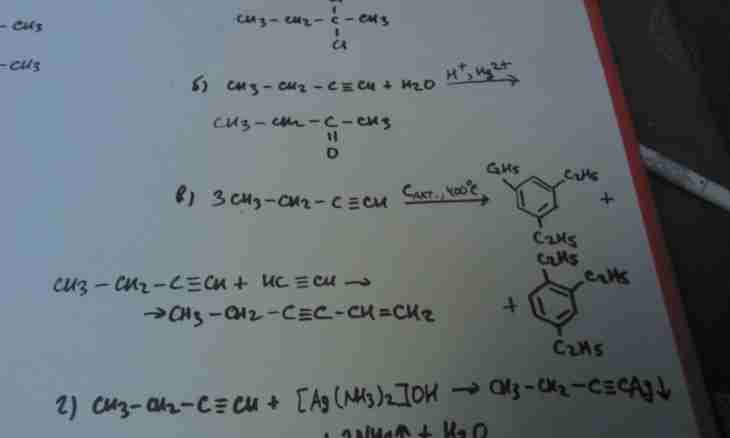Phenol – the most ordinary representative of aromatic alcohols, has a chemical formula C6H5OH. This substance is widely used in different industries, mainly by production of phenol formaldehyde pitches. Represents itself the colourless, strongly smelling crystals on light accepting a pink shade. In the industry phenol is received by different methods, including from benzene chloride. Benzene chloride – substance with a chemical formula C6H5Cl.
It is required to you
- - tubular reactor;
- - benzene chloride;
- - diphenyl air;
- - solution of sodium alkali.
Instruction
1. In the industry use method of interaction of benzene chloride with NaOH alkali solution, at high temperatures (depending on features of production schedules, from 280 to 350 degrees) and the high pressure (about 30 MPas). Reaction goes to two stages: at first receiving sodium phenolate, then its reaction with hydrochloric acid.
2. At first in the tubular reactor pump up the mix brought to the necessary pressure benzene chloride / diphenyl air and solution of sodium alkali. Pick up length of reactor tubes to provide the fullest product yield – sodium phenolate. Cool the received mix, reduce pressure to normal and separate from diphenyl air and vapors of water. After this there will come the second stage: C6H5ONa + HCl = C6H5OH + NaCl. A phenol exit – about 70%. A lack of this way is need of use of the equipment working with a high pressure.
3. The second method (way Rashiga) presents itself receiving phenol from benzene, also to two stages: at first oxidizing chlorination of benzene at the increased temperature (about 240 degrees) in the presence of the catalyst, then – catalytic hydrolysis of the received benzene chloride at even more high temperature (about 400 degrees). At the second stage there is such reaction: C6H5Cl + H2O = C6H5OH + HCl.
4. As the catalyst either pure phosphate of calcium, or its mix with copper phosphate is used. This way is considered more favorable in comparison with the first, but it has essential shortcomings too: need of use of more high temperatures at the second stage and also use of the equipment, corrosion resistant.

